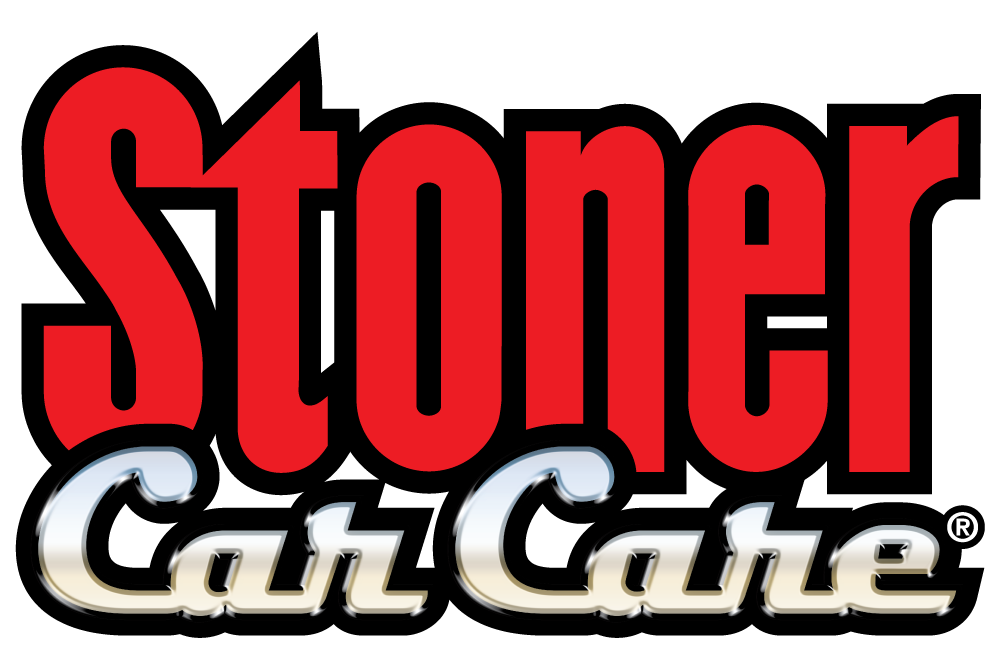Clear vision ahead with our holiday markdowns on Invisible Glass Ceramic Silicone Wiper Blades. Prices as marked.
Regardless of your car’s age, discovering a new blemish, scrape, or scuff mark will surely sour your mood. Unless a vehicle never leaves the garage, scuff marks are inevitable. While there are DIY ways to fix dings and dents, scrapes and scuff marks are tougher to remove safely. This post will share a step-by-step guide to removing scuff marks and tidying up your exterior paint.
To clean paint scuff marks off a car: Ensure that the surface is clean of dirt and debris, apply a rubbing compound to the vehicle and buff in circular motions, rinse and dry the paint, and apply wax or sealant for post-cleaning protection.
Tools needed to remove paint scuff marks
To remove paint scuffs, you’ll need the following:
- Car soap
- Hose/water bucket
- Rubbing compound
- A dozen or so microfiber towels
Before you clean…
Look at the damaged area. There’s a difference between a paint scuff and a scratch. Paint scuffs form when paint transfers from a foreign object to your paint's exterior. Paint scratches are deeper, cutting into your car’s finish. Confirm that you’re working with a paint scuff before using these steps.
Ensure that the surface is clean of dirt and debris
Before beginning, ensure that the surface is free of all debris, such as dust, pollen, dirt, or road tar. Even bird droppings can contain hard debris that can scratch or mar your exterior paint when buffing. If you haven’t done so, rinse, wash, and carefully dry the exterior before moving on.
Apply a rubbing compound to the vehicle and buff in circular motions
Rubbing compounds work like liquid sandpaper and are abrasive enough to remove light scratches or paint transfers without risking damage to your clear coat or paint.
Apply a small amount of rubbing compound onto a microfiber or applicator pad – approximately the size of a dime. Blot it onto the paint scuff and buff it in small circles using light, uniform pressure. A small amount of rubbing compound should remove most of the scuff mark; you can apply additional product as needed. Avoid using excessive rubbing compound as it will be difficult to remove.
What if the rubbing compound didn’t remove the paint scuff?
Despite using a rubbing compound, there’s still noticeable damage. What now?
You’re likely dealing with a deep scratch. If this is the case, the area may require treatment beyond what most can do at home. Consider contacting a professional to get this area restored.
Rinse and dry the paint
After correcting the scuff, rinse the area with clean water to remove all lifted paint and any lingering product. Follow it up by toweling off the site with a fresh microfiber towel. Ensure the area is thoroughly dry for the next step.
Apply wax or sealant for post-cleaning protection
When you buff out scuffs, you degrade or remove any pre-existing protective layers on your vehicle. To compensate, we recommend adding a temporary layer of protection in the form of a traditional wax or sealant.
For complete information on the differences between wax and sealants, read this post. Both products provide distinct finishes, but the main difference between waxes and sealants is their longevity; sealants will last considerably longer than waxes.
Both products come in various forms, but we recommend selecting a liquid-based protective product as they usually last the longest.
Buffing techniques with waxes and sealants
Before you apply your product, read the back of the label for proper application instructions. When buffing a liquid wax or sealant, apply a small amount to an applicator pad or microfiber towel. Using too much product will require additional buffing, time, and energy. Start small, and add more product only if needed. Buff in small, circular motions, slowly moving down each panel using a uniform, light pressure.
Once you’ve applied a productive layer, your exterior should look as good as new!
Read on to learn more about the makings of your car’s finish and the differences between scuffs and scratches.
The layers of your car’s surface
 Your car’s paint consists of layers. Think of it as a pizza. When making a pizza, you start with the crust and eventually put a layer of sauce, followed by cheese and other toppings – layering it as you go.
Your car’s paint consists of layers. Think of it as a pizza. When making a pizza, you start with the crust and eventually put a layer of sauce, followed by cheese and other toppings – layering it as you go.
Similarly, car paint contains four-to-five layers: The physical body panel, followed by a layer of prime, base coat (which includes the color), clear coat, and wax.
The difference between a scuff mark and a scratch
Scuffs and scratches differ in their depth. Scuff marks typically remain after an object scrapes your vehicle’s surface. These blemishes may include paint from another car, rubber from a bumper, or even rust from an old trash can. These transfers are mostly found on or slightly within the car’s clear coat layer, and scratches lie deeper between the clear coat and the car’s body panel.
Don’t let a scuff ruin your day!
Paint scuffs typically appear much worse than they are. Removing them requires specific products and proper technique, but you can often quickly erase these marks. When removing paint scuff marks remember to follow these steps: Ensure that the surface is clean of debris and dirt, apply a rubbing compound to the vehicle and buff in circular motions, rinse and dry the paint, and apply a wax or sealant for post-cleaning protection. Blemishes are inevitable, but living with them is not. Enjoy your car’s scuff-free surface, and enjoy the ride!

























